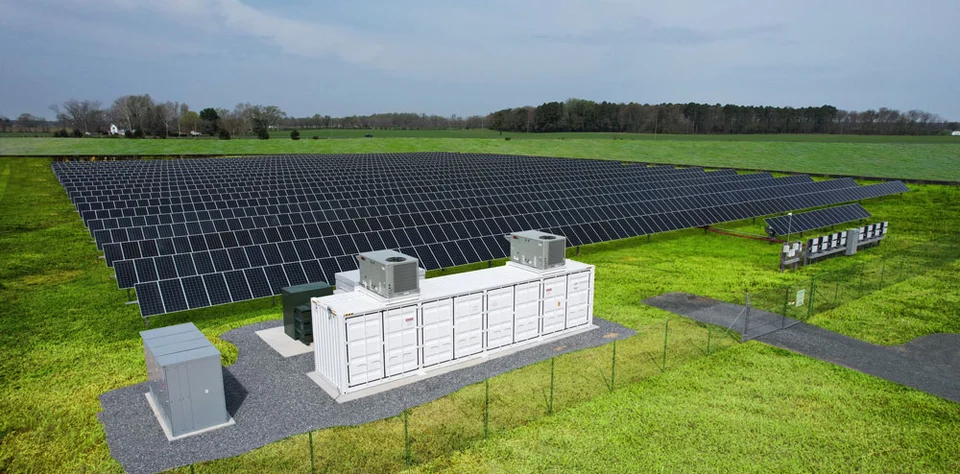
2 月 . 05, 2024 15:12 Back to list
3 Types of Microgrids Transforming the Industry
The U.S. Department of Energy defines a microgrid as a group of interconnected loads and distributed energy resources (DER) within clearly defined electrical boundaries that act as a single controllable entity with respect to the grid. It has the ability to connect and disconnect from the grid, allowing it to operate in grid-connected or island mode. This requires additional equipment, communications, and control applications to ensure the microgrid's operational controls are fully coordinated. While a backup diesel genset is not considered a microgrid, there are opportunities to deploy DERs integrated to the grid that do not technically comprise a microgrid.
There are three main types of microgrids: remote, grid-connected, and networked. Remote microgrids, also known as off-grid microgrids, are physically isolated from the utility grid and operate in island mode at all times due to the lack of available and affordable transmission or distribution infrastructure nearby. In these scenarios, renewables such as wind and solar provide a more economic and environmentally sustainable DER solution for the microgrid. Many remote microgrids are also considering battery energy storage systems for backup power instead of conventional generators.
Grid-connected microgrids have a physical connection to the utility grid via a switching mechanism at the point of common coupling. They have the ability to disconnect into island mode and reconnect back to the main grid as needed. In grid-connected scenarios, these microgrids can provide grid services such as frequency and voltage regulation, real and reactive power support, and demand response. This makes them valuable in addressing capacity, power quality, reliability, and voltage issues on the utility grid. Local voltage and frequency controls are required within the microgrid in islanded scenarios, which can be provided by energy storage or a synchronous generator.
Networked microgrids, also known as nested microgrids, consist of several separate DERs and/or microgrids connected to the same utility grid circuit segment. They serve a wide geographic area and are typically managed and optimized by a supervisory control system. This system operates and coordinates each grid-connected or island mode at different tiers of hierarchy along the utility grid circuit segment. Examples of networked microgrids include community microgrids, smart cities, and new utility adaptive protection schemes. These microgrids play a vital role in improving the resiliency and reliability of the overall grid.

In recent years, there has been a growing interest in microgrids as they offer several benefits. They enhance energy reliability and resilience by operating independently of the main grid during outages or emergencies. This can be particularly crucial for critical facilities such as hospitals, military bases, and data centers. Microgrids also enable the integration of renewable energy sources, reducing greenhouse gas emissions and promoting sustainability. Furthermore, they provide opportunities for local energy generation and consumption, promoting energy independence and reducing transmission losses.
The deployment of microgrids has been on the rise across different sectors and geographical locations. Educational campuses, medical complexes, public safety facilities, agricultural farms, commercial buildings, and industrial facilities are adopting grid-connected microgrids to improve energy efficiency and reliability. Remote microgrids are being implemented in areas where there is no access to the utility grid, providing clean and reliable energy solutions. Networked microgrids are paving the way for smart cities and innovative utility protection schemes.
As the industry continues to evolve, advancements in microgrid technology and the integration of advanced control systems will further enhance their capabilities. Battery energy storage systems have gained popularity due to their ability to perform multiple functions for grid services and emergency backup power. The integration of intelligent software and predictive analytics will enable microgrids to optimize energy generation, consumption, and distribution, maximizing efficiency and cost savings.
In conclusion, microgrids are transforming the energy industry by providing reliable, resilient, and sustainable energy solutions. Remote microgrids offer clean energy alternatives in isolated areas, while grid-connected microgrids improve energy reliability and address grid capacity and voltage issues. Networked microgrids optimize energy distribution in broader geographic areas. The deployment of microgrids across various sectors is increasing, promoting energy independence, reducing emissions, and improving energy efficiency. As technology continues to advance, microgrids will play a crucial role in shaping the future of the energy landscape.
Will be removed if infringing
Reference website:https://sustainablesolutions.duke-energy.com
-
Unraveling the Power of EMS Energy Management Systems
NewsOct.23,2024
-
Unleashing the Potential of Power System Management and Smart Energy Solutions
NewsOct.23,2024
-
Smart Energy Mastery: Unleashing the Power of Controls
NewsOct.23,2024
-
Smart Energy Management: Unleashing the Power of Energy Management Systems and BMS Energy
NewsOct.23,2024
-
Powering Progress: ADMS, Intelligent Management & More
NewsOct.23,2024
-
Energizing the Future: Devices, Smart Management & Savings
NewsOct.23,2024


